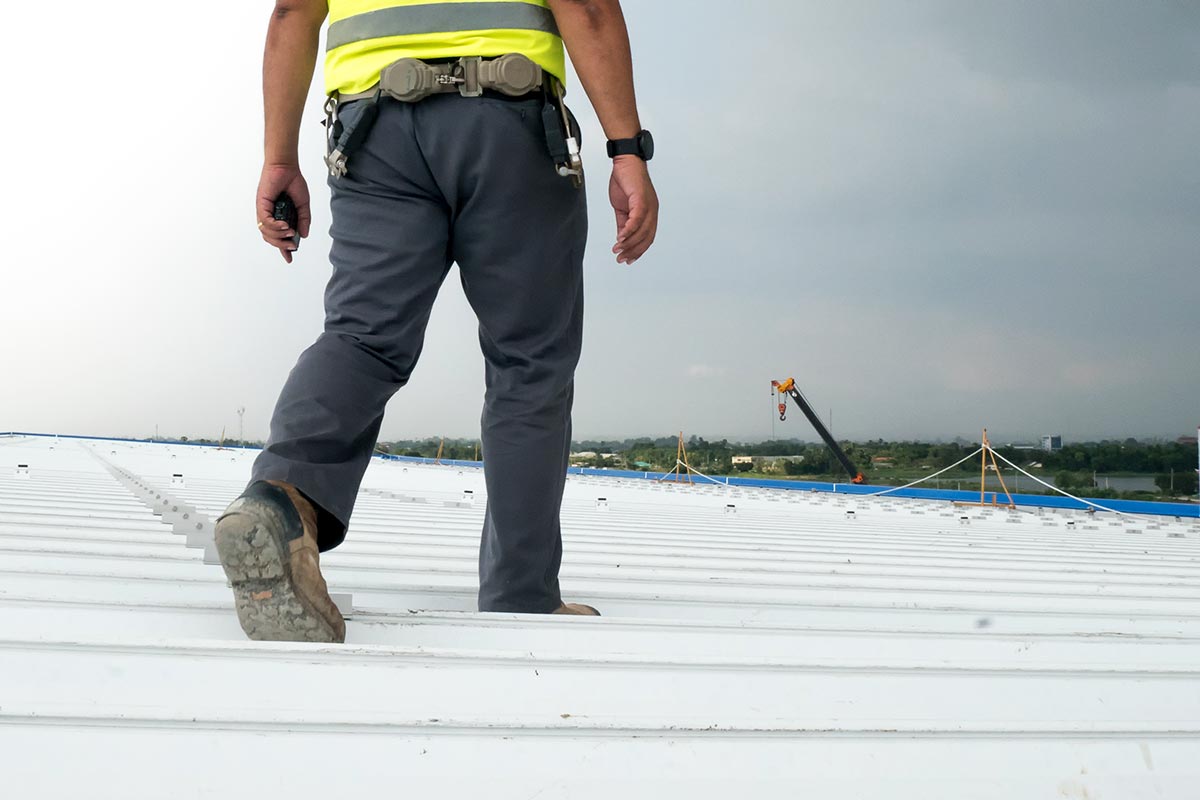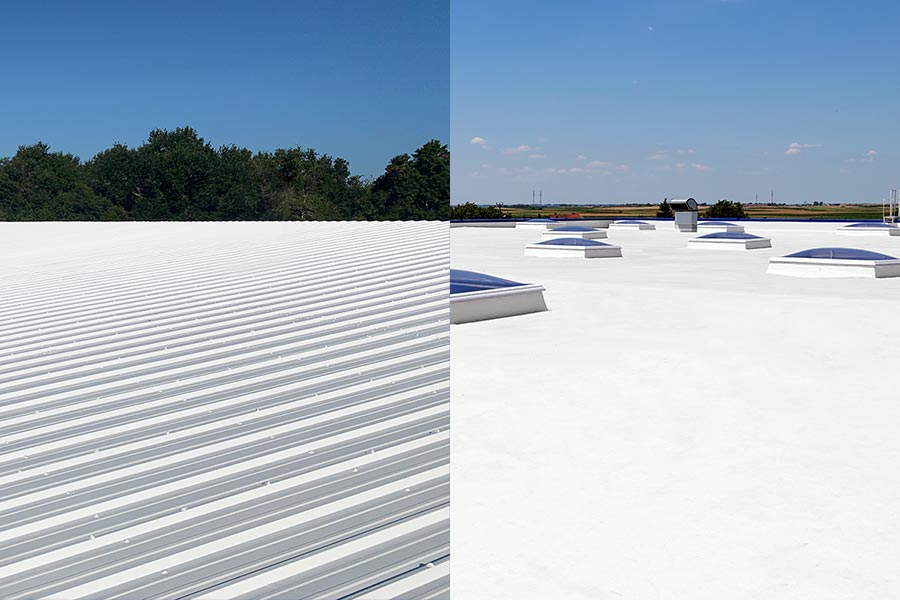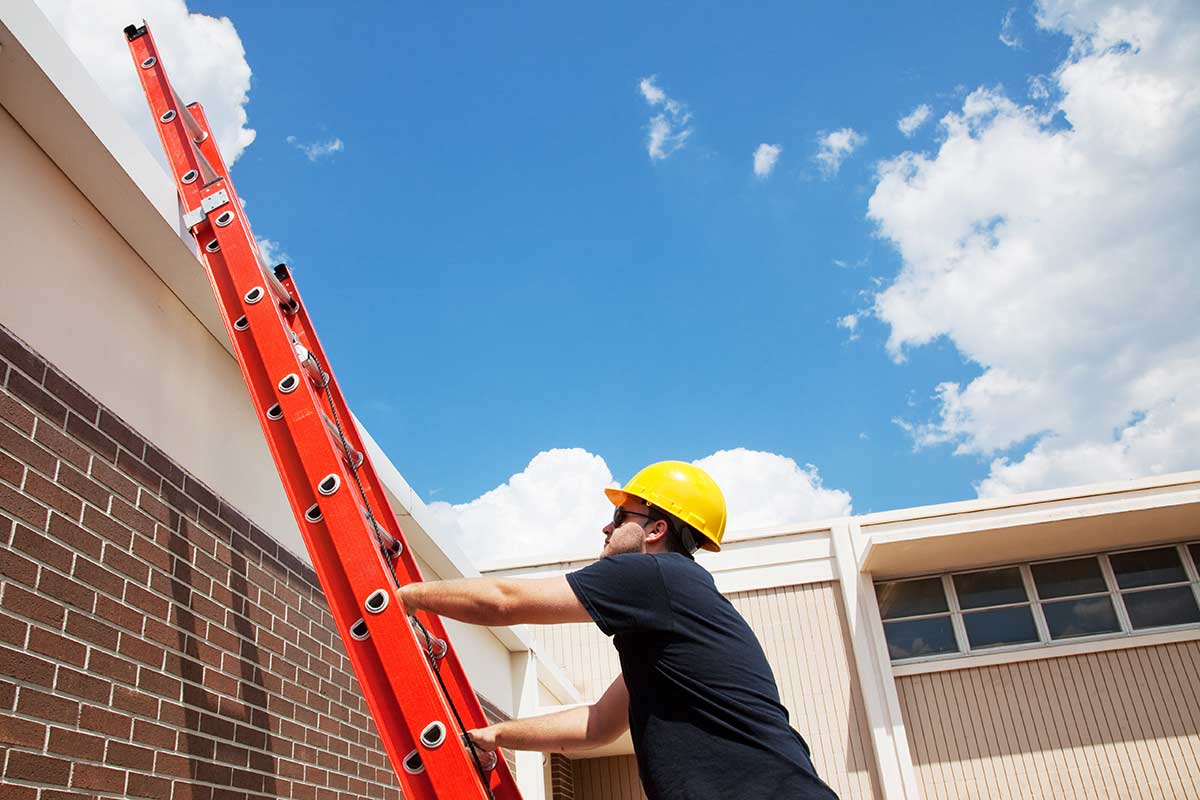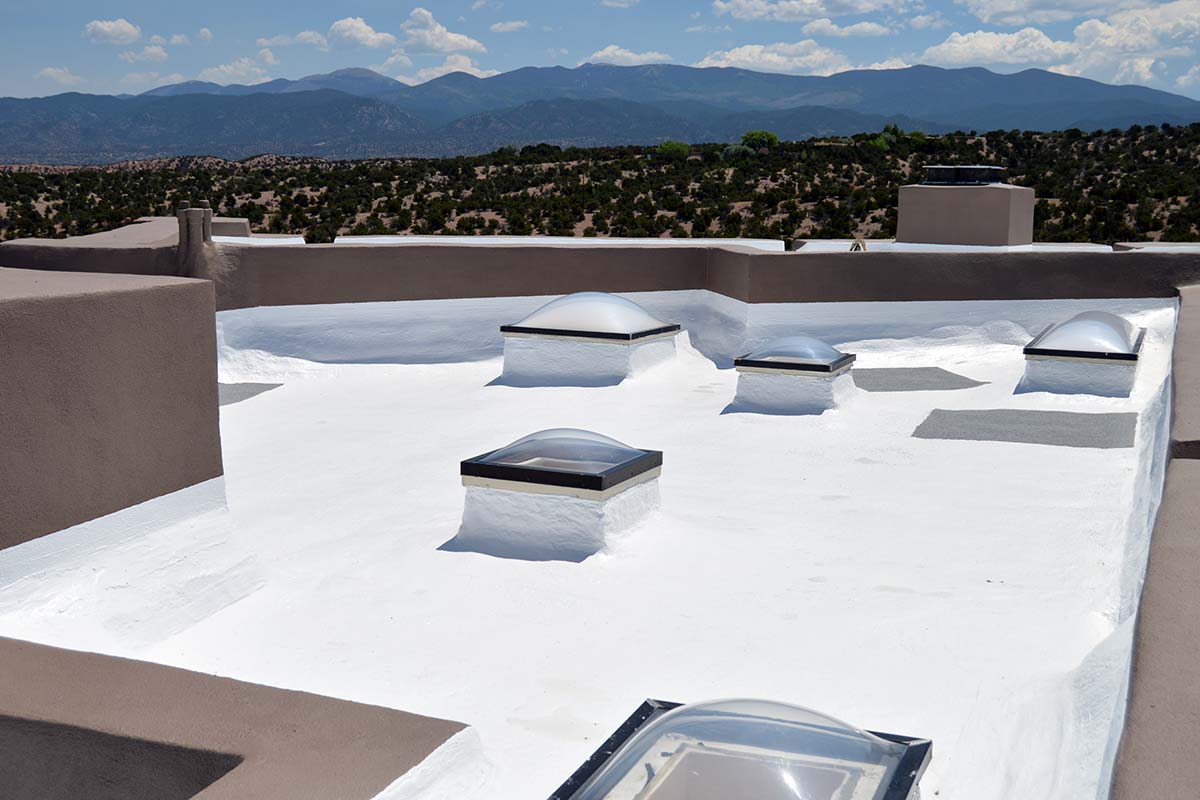
Having a solid plan for commercial roof maintenance and repairs is critical to keeping your roof strong and preventing premature roof failure. Signs of damage to your commercial roof can be as subtle as water spots on interior ceilings and walls or as obvious as a major leak. Regardless of the severity of the damage, any repairs needed should be addressed with a sense of urgency.
Don’t Procrastinate on Roof Maintenance
Procrastinating on roof maintenance could lead to some major and unexpected expenses and seriously interrupt your day-to-day business operations. Not only is your roof a major investment in and of itself, but you are trusting that it will safeguard all of the other investments within your building. Below, we highlight five essential best practices for maintaining your commercial roof.
1. Preventative Maintenance
Always follow the guidelines set by your roofing materials manufacturer. Check for leaks, ponding water, and other potential problem areas routinely so that you can address issues before serious damage is incurred.
2. Scheduled Maintenance
Your roof is not something you see every day. Schedule routine maintenance inspections at least every six months. Planning inspections in advance will ensure that roof maintenance is not overlooked. Routine maintenance will allow you to address any problems as needed and avoid major issues—ultimately saving you time and money.
3. After Severe Weather
Inspect your roof for damage after a severe windstorm, hurricane, heavy rains, or hail. Storms can reduce the strength of the roof. Even if the roof survived a storm, subtle damage may be present that can weaken the roof enough to fail during the next storm. If in a hurricane-prone area, you may want to consider the option of installing a roof coating system designed to repair, waterproof, and protect commonly used commercial roofing substrates.
If you are concerned with potential damage, you can always schedule a free inspection with an American WeatherStar Approved Contractor.
4. Choosing the Right Contractor
Choose a roofing contractor who is qualified and experienced. This expense is critical when weighing your long-term roofing costs. Research your contractor options, placing a higher value on factors such as quality of work and safety practices rather than cost.
Consulting a professional roofing contractor may be helpful if concerns exist after a maintenance review of the roof. The contractor can also help to determine the health of the roof, estimate the remaining life of the roof, help you develop a maintenance plan, and identify additional steps to protect the roof.
5. Plan for Long-Term
The investment you are making when choosing the best roofing solution for your business is much larger than it may initially seem. Be sure to factor in long-term costs associated with all roofing options upfront. Remember that quick fixes can hurt you in the long run.
Conclusion
Check out our 10-point maintenance plan for more information on how to properly maintain your commercial roof or click here for tips on establishing a roof maintenance program.
If you’re experiencing persistent problems with your roof, a roof restoration system may be the ideal solution for you. As a full-line supplier of fluid-applied roof coating systems, we partner with a nationwide network of Approved Contractors who are ready to assist you with your commercial roof maintenance needs.
Click here to schedule a free roof inspection with an American WeatherStar Approved Contractor.
Related Posts
Which Roof Coating Performs Best?
There are many variables to consider when it comes to the performance, longevity, and suitability of an elastomeric roof coating. Below, we…
How to Establish a Roof Maintenance Program
The most important reason for establishing a roof maintenance program is to protect the capital investment of a new roof. Proper maintenance…
What Are the Benefits of a Cool Roof?
Cool roofs are on the rise due to an increased recognition that cool roofs can help your building or home be more comfortable and…



